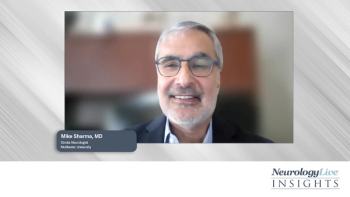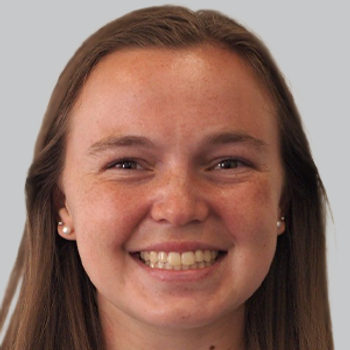
Caregiver Decision-Making for Duchenne Gene Therapy Use Requires Collaborative Input, Thoughtful Consideration
Key Takeaways
- Caregivers' decision-making for DMD gene therapy involves shared input from family, friends, and the DMD community, beyond clinical teams.
- Clinical data and personal experiences are equally valued, with social media and advocacy groups playing a significant role in information sharing.
A study reveals the intricate decision-making process caregivers face when considering gene therapy for Duchenne muscular dystrophy, emphasizing shared input and personal experiences.
A multi-method study presented at the
The analysis included 72 primary caregivers for individuals/children with DMD who are/will be eligible for commercially available gene therapy, otherwise known as Elevidys (Sarepta). Of the respondents, 45% (33 of 72) indicated decision to seek gene therapy treatment, 38.8% (28 of 72) were unsure, and 15.2% (28 of 72) decided not to pursue this form of treatment. Among those who would pursue gene therapy, 38.9% (n = 28) had an ambulatory child vs 6.9% (n = 5) with non-ambulatory.
Led by senior investigator Molly McGinniss, MS, CGC, a genetic counselor at Stanford Children’s Health, the study featured mostly White respondents (88.9%), with an average age of 44.2 years. Among children whose families pursued FDA-approved gene therapy, corticosteroid use was most common, whereas cardiac medications predominated in the group not pursuing treatment.
After the initial responses by caregivers, the study authors conducted follow-up semi-structured interviews with 9 participants, with an average age of 48 years. Here, they identified 5 themes to describe caregivers’ decision-making considerations toward gene therapy. The first of which was shared decision making for gene therapy requires diverse input from beyond clinical teams, including family, friends, faith communities, their child (when appropriate), and other caregivers in the DMD community.
"There are people that I talk to; my sister, or a friend, or you know our pastor… But yeah, so it's still family. … Just talking through those things with people and hearing their feedback or their support. Our medical team, too. They have different perspectives than I do," said a mother of an ambulatory child not pursuing commercial gene therapy treatment.
READ MORE:
Among the interview participants, most of their children were ambulatory (66.7%), with an average age of 13.4 years. Continuing with the interview results, respondents stressed that each patient’s unique needs should come first, and that shared personal experiences and formal knowledge hold equal value. Participants navigated emotional, medical, and logistical challenges by weighing clinical data alongside community experiences, drawing information from literature, advocacy events, manufacturer updates, and social media.
"So, I believe in the principle of doing the best of what is in my control and leaving the rest to the destiny or God,” said one of the interview subjects, a mother of an early ambulatory child pursuing gene therapy. "So, that is something that I have believed in, and that's when I have done all this research and talking with people, parents, friends, researchers. Whomever I can tap into the network. Because, yeah, I should. I want to be educated enough to make sure I do the right decision there."
The last two themes reported were the essential consideration of the family impact as well as the fact that treatment decisions are not static, and should be considered more fluid than absolute. In the responses, interviewees touched on the financial and logistical considerations of gene therapy for families, and the importance of weighing the pros and cons associated with this approach. Furthermore, some touched on the fact that a decision against opting for gene therapy at that point in time could be more aligned with lack of certainty and openness to future opportunities.
One respondent, a father of an ambulatory child pursuing gene therapy, said, "And so in some ways it might be better to get it now. And you know, maybe they'll figure out a way to be able to redose it in the future."
Overall, the study highlighted the complex, multifaceted decision-making process caregivers undergo when considering gene therapy for children with DMD. Among the main themes, the analysis also brought to light the influence of social media, sponsor/manufacturer materials, and advocacy groups in information sharing and support.
Click here for more NSGC 2025 coverage.
REFERENCE
1. Paul J, Wainstein T, McGinniss M. Understanding Caregiver Decision-Making for FDA-Approved Gene Therapy in Duchenne Muscular Dystrophy: A Multi-Method Study. Presented at: NSGC Annual Conference; November 6-10; Seattle, Washington. Abstract NEU291
Newsletter
Keep your finger on the pulse of neurology—subscribe to NeurologyLive for expert interviews, new data, and breakthrough treatment updates.



































